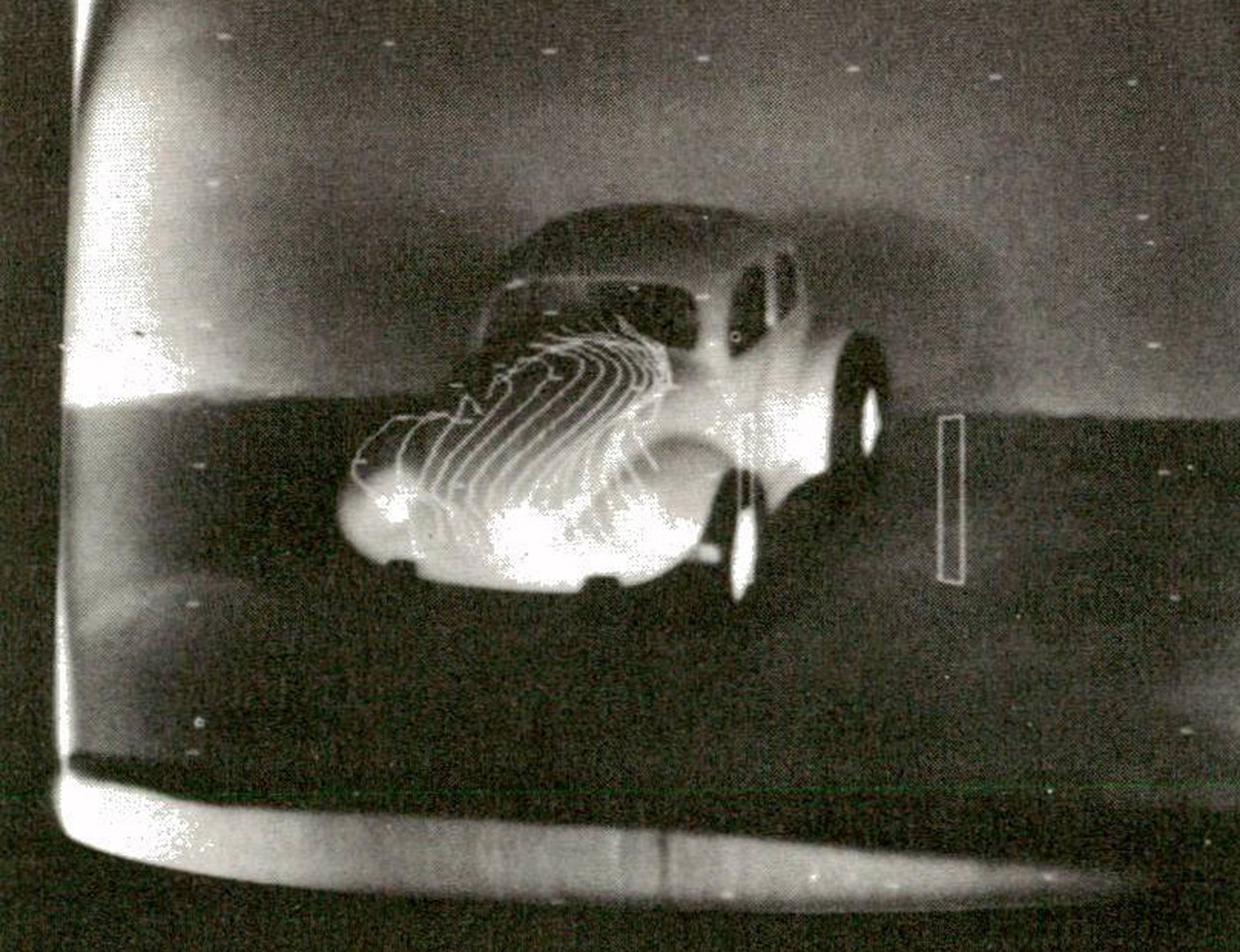“A system for interactive modeling of physical curved surface objects” by England
Conference:
Type(s):
Title:
- A system for interactive modeling of physical curved surface objects
Presenter(s)/Author(s):
Abstract:
It is often important to obtain descriptions of existing objects for computer graphics data bases. A system to aid interactive modeling (in three dimensions) of a physical object is described. The system allows a user to fit a bi-cubic parametric spline surface to an object by superimposing stereoscopic views of the computer surface with stereoscopic television views of the object. A 3-D joystick is used to manipulate surface control points while the user views the computed surface as isoparametric contours. A raster scan display polarization stereoscope is used. The left eye and right eye surface views are computed using a unique display processor designed and constructed for the evaluation of raster scan graphics techniques. The display processor consists of multiple non-pipelined concurrently operating microprogrammed modules. The computation of the two reasonably complex images (>500 vectors each) takes less than 33 msec allowing real time display at standard television rates.
References:
1. Agin, G. J., and Binford, T. O. Computer description of curved objects. Third International Joint Conf. on Artificial Intelligence (Aug. 1973), 629-640.
2. Baumgart, B. G. Geometric modeling for computer vision. AIM-249, Stanford Artiticial Intelligence Laboratory, (Oct. 1974).
3. Black, S. R. Digital processing of 3-D data to generate interactive real time dynamic pictures. Society of Photo-Optical Instrumentation Engineers 120 (Aug. 1977), 52-61.
4. Bresenham, J. E. Algorithm for computer control of a digital plotter. IBM Systems Journal 4, (1965), 25-30.
5. Catmull, E. and Rom, R. A Class of local interpolating splines. Barnhill, R. E. and Riesenfeld, R. F. (Ed.) Computer Aided Geometric Design, Academic Press (1975), 317-326.
6. Clark, J. H. 3-D design of free-form B-spline surfaces. UTEC-CSC-74-120, Univ. of Utah (Sept. 1974).
7. Clark, J. H. Designing Surfaces in 3-D. Comm. ACM 19,8 (Aug. 1976), 454-460.
8. Csuri, C. A. 3-D Computer animation Rubinoff, M. and Yovits, M.C. (Ed.) Advances in Computers, Academic Press (1977), 38-40.
9. Fuchs, H., Kedum, A. M., and Uselton, S. P. Optimal surface reconstruction from planar contours. Comm. ACM 20, 10(Oct. 1977), 693-702.
10. Horn, B.K.P., Obtaining shape from shading information. Winston, P. H. (Ed.), The Psychology of Computer Vision McGraw-Hill (1975), 115-155.
11. Parke, F. I. Computer generated animation of faces. ACM Annual Conference (1972), 451-457.
12. Rogers, D. F., and Adams, J. A. Mathematical Elements for Computer Graphics. McGraw Hill (1976), 84-87.
13. Stowell, G. W. and Garrett, R. E. Three dimensional display processor design. Conf. on Computer Graphics, Pattern Recognition & Data Structure (May 1975), 157-162.
14. Sugihara, K., and Shirai, Y. Range data understanding guided by a junction dictionary. Fifth International Joint Conference on Artificial Intelligence (Aug. 1977), 706.
15. Sutherland, I. E., Three dimensional data input by tablet. Proc. IEEE 62, 4 (Apr. 1974) 453-462.
16. Thornton, R. W. MODEL: Interactive modeling in three dimensions through two dimensional windows. M.S. Thesis, Cornell Univ. (1976).
17. Wu, S-C, Abel, J. F. and Greenberg, D.P. An interactive computer graphics approach to surface representation. Comm ACM 20, 10 (Oct. 1977), 703-712.




